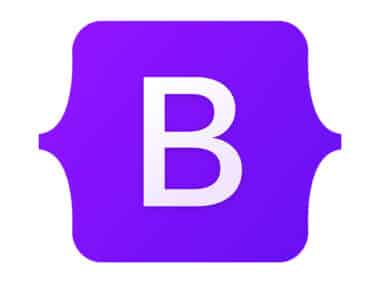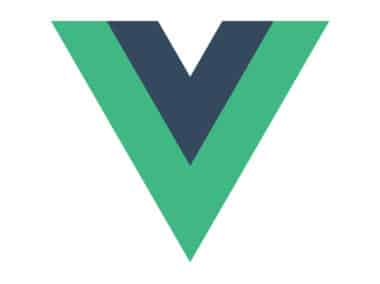JQuery is a popular JavaScript library that simplifies the process of working with HTML documents, handling events, and manipulating animations. It is a fast, small, and feature-rich JavaScript library that makes things like HTML document traversal and manipulation, event handling, and animation much simpler with an easy-to-use API that works across a multitude of browsers.
Here are some real-world examples of how to use JQuery in web development projects:
Creating a Slideshow
One of the most popular uses of JQuery is to create dynamic image slideshows. By using JQuery, you can create a slideshow that automatically cycles through a set of images or allows users to navigate through the images manually. Here’s an example of how to create a basic slideshow:
$(document).ready(function(){
$('.slideshow').slick({
autoplay: true,
autoplaySpeed: 2000,
arrows: false,
dots: true
});
});
In this example, we’re using the Slick carousel plugin to create a slideshow that is fully customizable. The autoplay option specifies that the slideshow should automatically start playing, and the autoplaySpeed option specifies the time interval between slides. The arrows option hides the default navigation arrows, and the dots option adds pagination dots at the bottom of the slideshow.
Form Validation
Another common use of JQuery is to validate user input in HTML forms. By using JQuery, you can check that users have entered valid data before submitting the form to the server. Here’s an example of how to create a basic form validation script:
$(document).ready(function(){
$("#myForm").submit(function(e){
var name = $("#name").val();
var email = $("#email").val();
if (name == "") {
alert("Please enter your name.");
e.preventDefault();
}
if (email == "") {
alert("Please enter your email address.");
e.preventDefault();
}
});
});
In this example, we’re using the submit function to check that the user has entered a name and email address before submitting the form. If either field is empty, an alert message is displayed and the form submission is prevented using the preventDefault function.
Creating Accordion Menus
JQuery can be used to create accordion menus that expand and collapse when clicked. Here’s an example of how to create a basic accordion menu:
$(document).ready(function(){
$('.accordion').click(function(){
$(this).toggleClass('active');
$(this).next().slideToggle();
});
});
In this example, we’re using the click function to toggle the active class on the clicked accordion menu item and slide toggle the content of the next element.
Creating Modal Windows
JQuery can be used to create modal windows that display content on top of the current page. Here’s an example of how to create a basic modal window:
$(document).ready(function(){
$('.modal-trigger').click(function(){
var modal_id = $(this).attr('data-modal');
$('#'+modal_id).fadeIn();
});
$('.modal-close').click(function(){
$('.modal').fadeOut();
});
});
In this example, we’re using the click function to show the modal window with the corresponding data-modal attribute when the trigger element is clicked, and hide the modal window when the close button is clicked.
Overall, JQuery is a powerful tool for creating dynamic and interactive web pages. By using JQuery, you can add advanced functionality to your web development projects with just a few lines of code. It provides a simple, easy-to-learn syntax that makes it a great choice for beginners and experienced developers alike.



